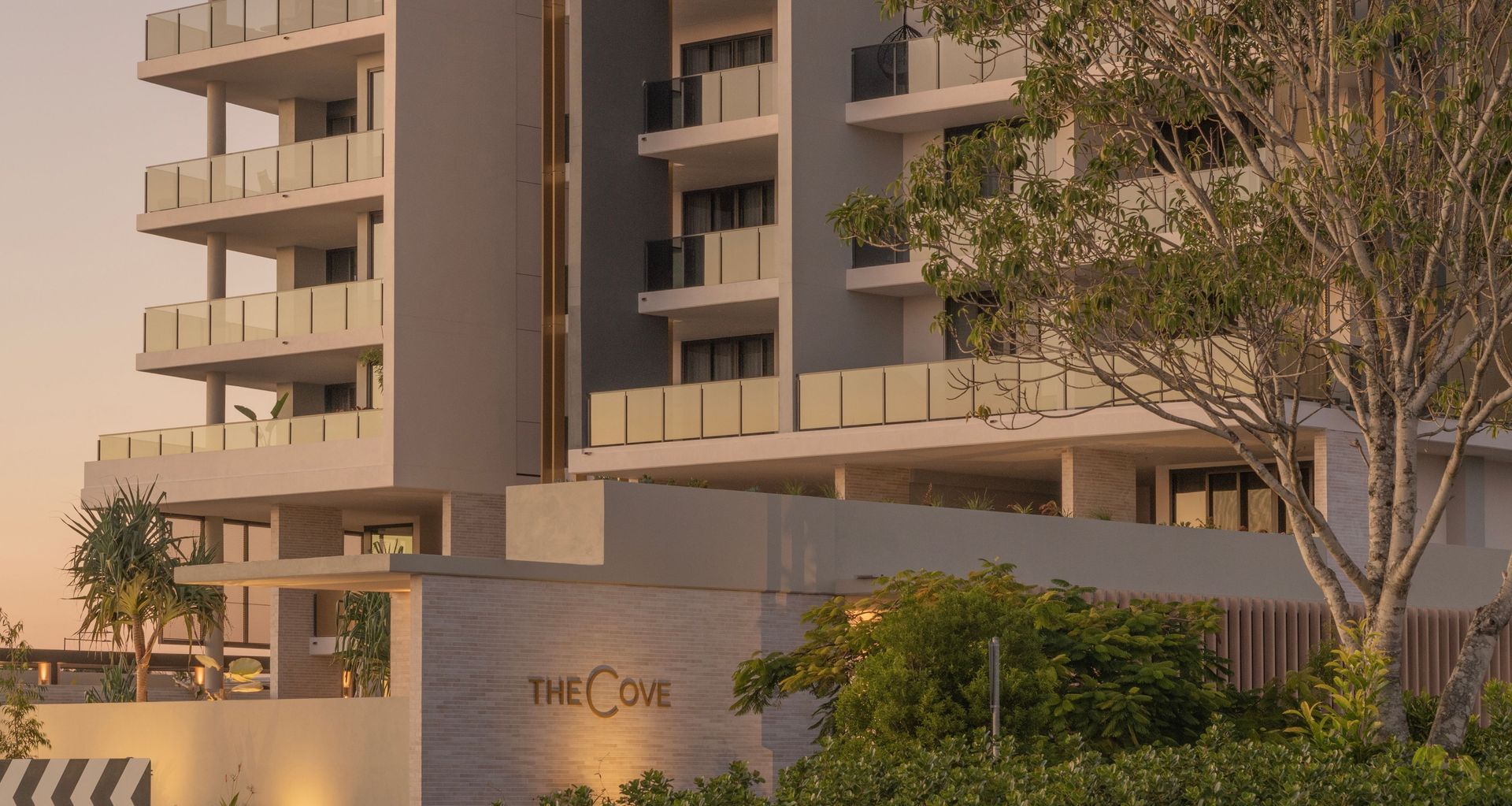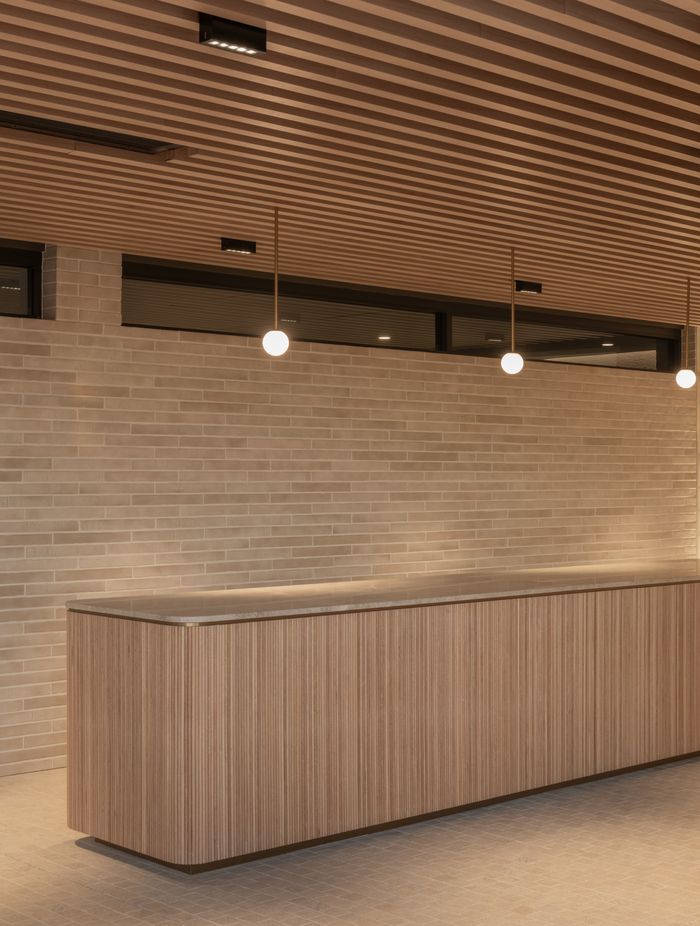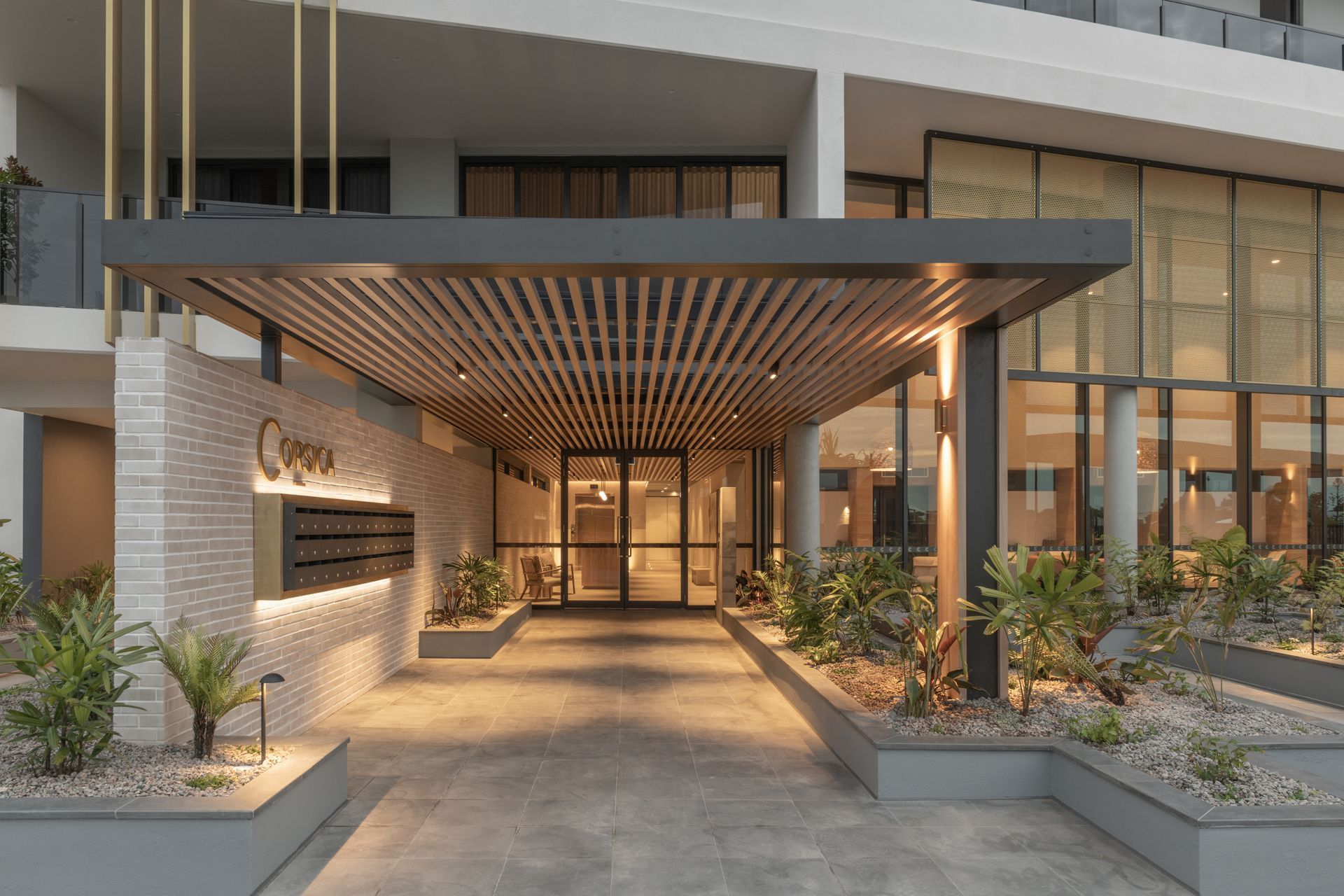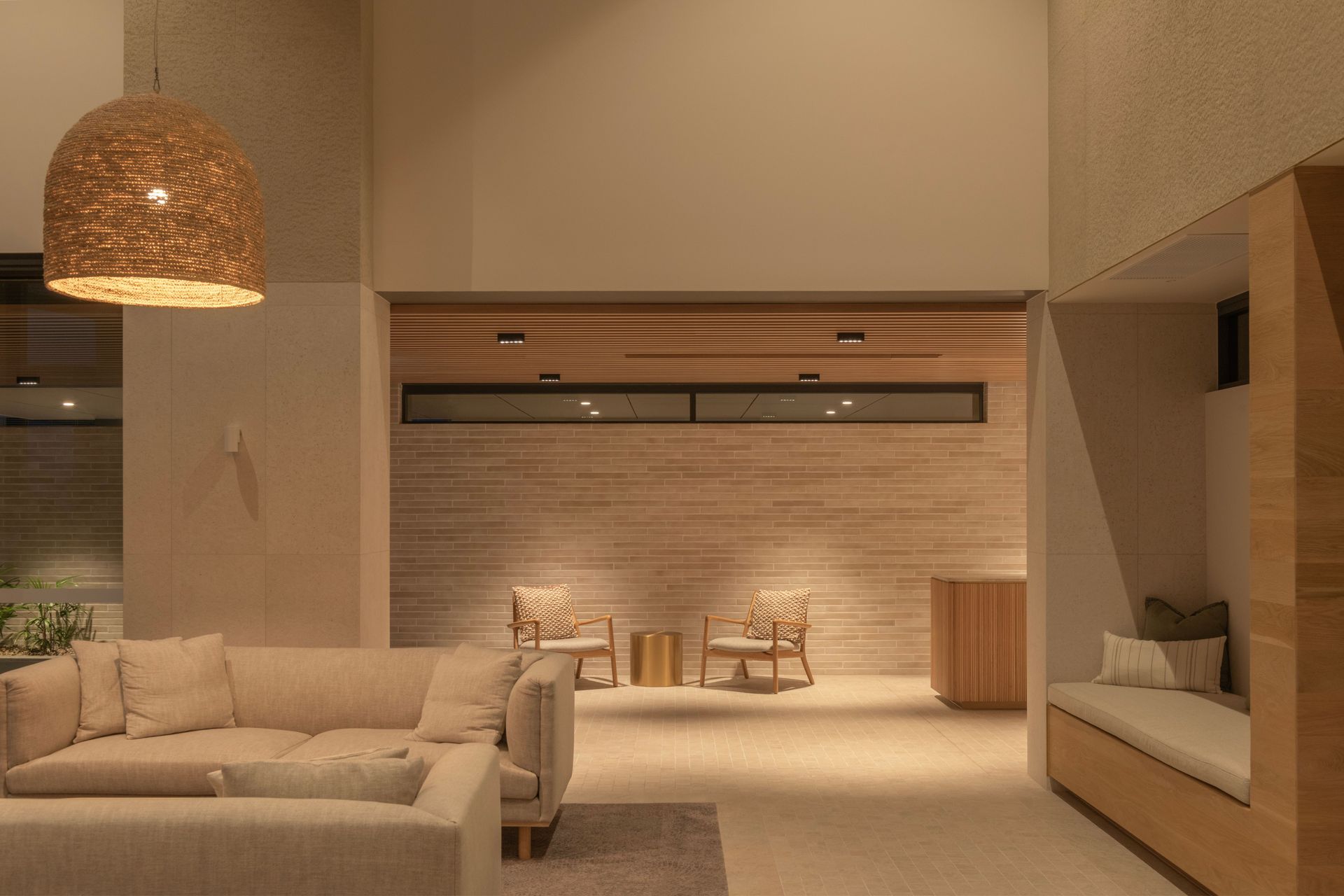Brick slips: the ivory mist façade with long-term appeal for architects and residents
Written by
21 October 2024
•
4 min read


The Cove Corsica, designed by OGE Group Architects, is a luxurious multi-residential development on the picturesque Sunshine Coast.
For the development, OGE Group Architects aimed to create a timeless façade that required minimal maintenance while offering a distinctive look. When asked about the initial design brief from OGE Group Architects, David Marks, Klay European Tiles & Façades General Manager, highlighted the architect’s vision for the project. “Originally, the architect had sourced a beautiful Danish full brick for the project,” says David. “They came to us to find an alternative in a thin brick that would offer the same beautiful aesthetic of the full brick while reducing material weight and costs.”
To meet the architectural brief, Klay European Tiles & Façades supplied its Klay Brick Slips Series in Ivory Mist (440x52x14mm). The brick slips (and matching monolithic corner pieces) were sourced from a German manufacturer with over 130 years of experience producing high-quality masonry products.
The low maintenance of brick façades is a key benefit in developments where maintenance and lifecycle costs are prioritised.
What are brick slips?
Brick slips, also known as thin bricks, are engineered to offer the appearance and performance of traditional full bricks but with several significant advantages. David explains: “Brick slips are made from the same raw materials as bricks and typically kiln-fired at similar temperatures, so they offer the same aesthetic and performance as a traditional brick.”
"Brick slips provide a lightweight and lower-cost façade solution, particularly in projects with load-bearing structures made of steel stud frames or precast concrete panels."
"Unlike traditional brick faces, which are cut from full bricks, brick slips are extruded at ideal thicknesses of 10-14 millimetres, minimising wastage and eliminating the need for cutting,” David adds.



Brick slips for high-end projects
According to David, the trend towards brickwork for multi-residential and luxury developments has surged mainly due to the timelessness of the material. David notes, “The brick aesthetic would be specifiers' preferred façade option for multi-res buildings. Brickwork is timeless, ages well and has no maintenance.”
David remarks that the low maintenance of brick façades is a key benefit in developments where maintenance and lifecycle costs are prioritised, for example, in a BTR (build-to-rent) project where the developer is also the long-term owner of the asset. “Even traditional BTS (build-to-sell) using materials with longevity and zero maintenance will reduce ongoing Strata fees, which can become an important selling point to potential owners,” adds David.


Challenges and solutions
Despite the many benefits of brick slips, projects of this scale, such as The Cove Corsica, often come with challenges. One of the primary hurdles was ensuring the correct installation process. “Some guidance around the installation process is normally required in these sorts of projects. An engineered adhesive system was used for this project. Builders, engineers, and clients need to understand the adhesive system and be confident in its performance and longevity,” says David.
By working closely with the builders and engineers, Klay Tiles ensured that the adhesive system used was functional and long-lasting, giving both the developers and future residents confidence in the façade's durability.
The Cove Corsica is a stand-out project highlighting how brick slips can transform a building into one that is visually striking and built to last. “It is a luxurious building that will look good in 20 years and beyond,” remarks David. “It has a holiday resort feel that suits its Sunshine Coast location, but really, it would look great anywhere.”
OGE Group Architects' unique design, combined with Klay Tiles’ high-quality products, has ensured that The Cove Corsica will remain an iconic development for years to come.
Contact Klay European Tiles & Façades on ArchiPro for more information on brick slips.
